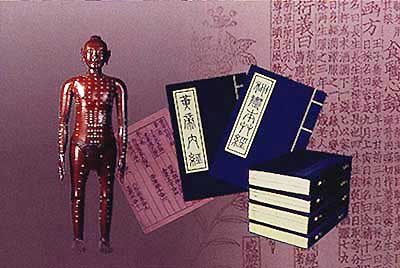 Among the medicines produced by different Chinese nationalities, the medicine of the Han is the earliest and richest in practical and theoretical knowledge.
Among the medicines produced by different Chinese nationalities, the medicine of the Han is the earliest and richest in practical and theoretical knowledge.
Chinese medicine originated in theYellow Riverbasin and was established as a school of science early on.
Chinese history once told a fiction of a person named Shen Nong who tasted many herbs at the same time and was then poisoned. It demonstrates what difficulty ancient Chinese people had in discovering the medicines. However, Chinese medicine progressed, and in the process of its development, many good doctors, theories, and advancements emerged.
During the period from around 22 century BC to 256 BC (during the Xia, Shang, and Zhou dynasties), alcohol medicine and soup medicine appeared.
Records related to medical treatment, hygiene, and illnesses appeared on oracle bone inscriptions as far back as theShang Dynasty(16-11th century BC) over 3,000 years ago.
In the followingZhou Dynasty(11th century-256BC), doctors learned new techniques to diagnose diseases. These techniques, now known as the four major methods, include: observation, auscultation (listening to sounds of the body, such as those form the heart, lungs, and so on) and olfaction (smelling), interrogation (asking the patients questions), and pulse feeling and palpation (examining by touch). Doctors used several procedures -- including drugs,acupuncture, and operations -- to treat diseases.
A book, Shi Jing (The Book of Songs) in the Zhou Dynasty (11th century-771 BC), mentioned something about medicine, making it the earliest existing book bearing records of ancient Chinese medicine. Another book, Nei Jing, which is the earliest existing book on Chinese medicine theory, presented theories like "cooling or warming the patient that has a high or low temperature respectively," "adding five flavors into the medicine will make one feel bitter inside and have diarrhea." These formed the basis of Chinese medicine theory.
In the Qin and Han period (221BC-220AD) the new book, Huang Di Nei Jing (The Medical Classic of the Yellow Emperor), began to discuss Chinese medicine theories systematically. This is the earliest existing book of its kind.
